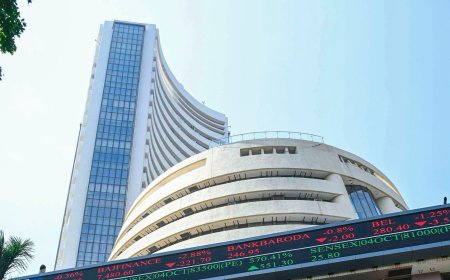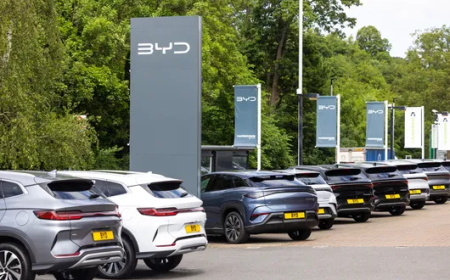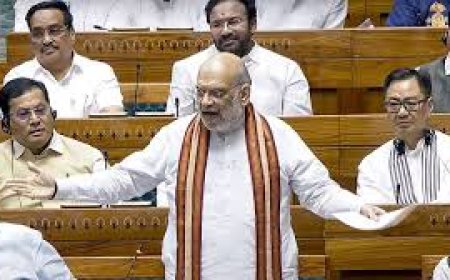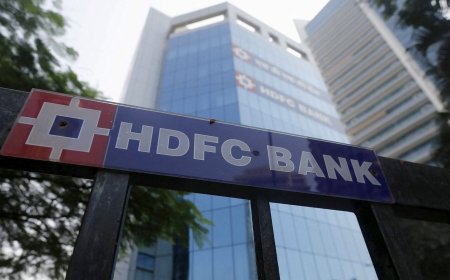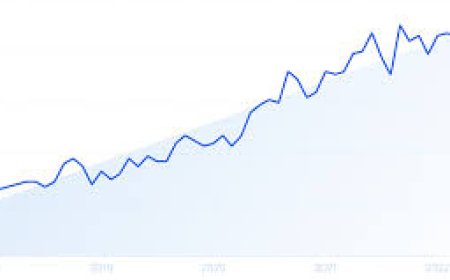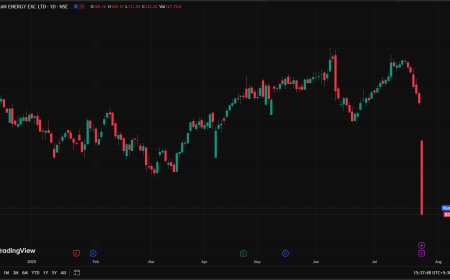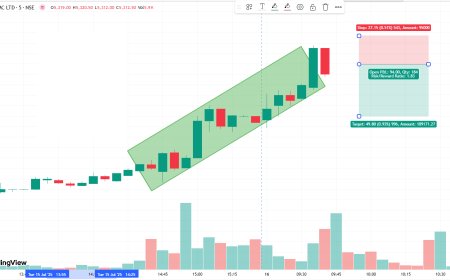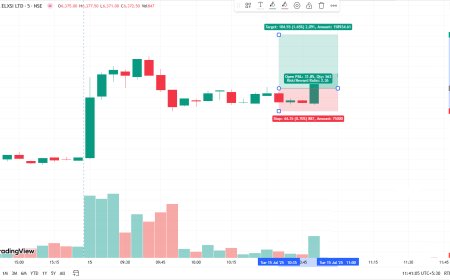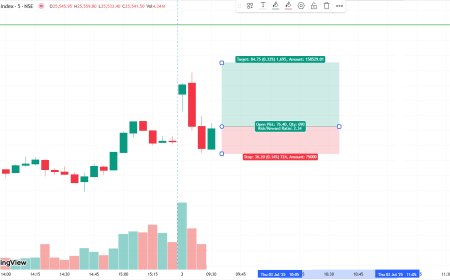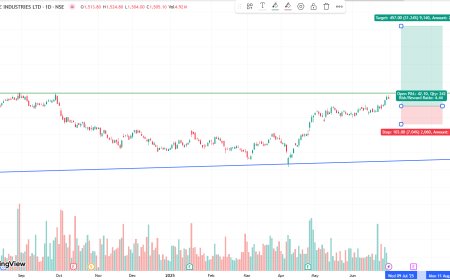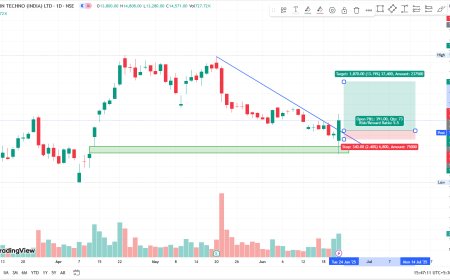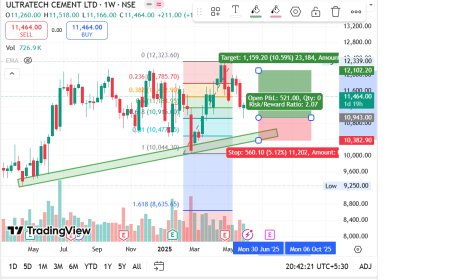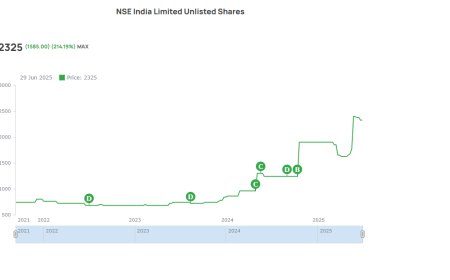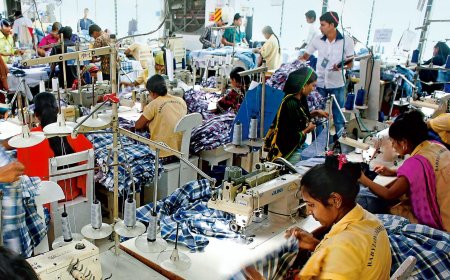Unemployment rate holds steady at 5.6% in June but rises among youth
India’s unemployment rate stayed at 5.6% in June 2025, but youth unemployment jumped to 17.3%. Experts warn of long-term risks and call for urgent policy action.
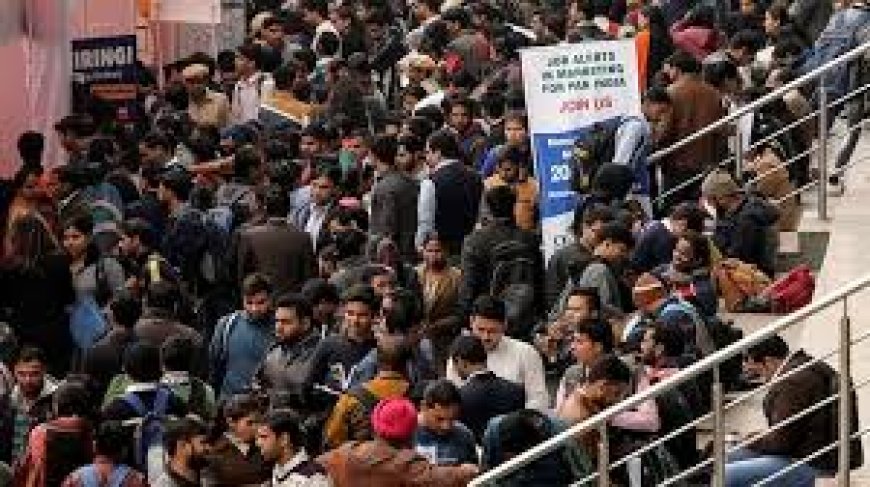
July 15, 2025 | New Delhi — India’s overall unemployment rate remained unchanged at 5.6% in June 2025, according to the latest data from the Centre for Monitoring Indian Economy (CMIE). However, beneath the stable headline figure lies a growing concern: youth unemployment has seen a sharp uptick, sparking discussions about structural issues in the labor market and the challenges facing new entrants into the workforce.
Stable Overall Rate Masks Divergences
The CMIE data shows that the national unemployment rate was unchanged from May’s 5.6%, suggesting stability in broader labor market conditions. Urban unemployment slightly eased to 6.7%, down from 6.8%, while rural unemployment edged up marginally to 5.1%, from 5.0% a month ago.
However, the unemployment rate among youth—defined as individuals aged 15-24—climbed to 17.3% in June, up from 15.9% in May. This trend underscores the disproportionate impact economic uncertainties and lack of job creation are having on young job seekers, particularly fresh graduates and first-time workers.
Analysts Raise Red Flags Over Youth Employment
“The stability in the headline number is misleading,” said Devika Sharma, labor economist at Praxis Policy Lab. “We’re seeing a two-speed job market—those with skills and experience are reabsorbed fairly quickly, but young aspirants continue to face limited job openings and fierce competition.”
A recent survey by TeamLease Services found that while hiring intent in large companies has increased by 3% quarter-on-quarter, the demand is largely for experienced professionals in tech, retail, and logistics sectors. Entry-level opportunities have not seen similar growth.
“Entry-level job creation remains weak, and that’s where the youth get affected. Unless there is targeted support through internships, apprenticeships, and startup incubators, this gap will keep growing,” Sharma added.
Structural Barriers and Education-Employment Mismatch
Several experts believe the core issue is structural. Many graduates, particularly from tier-2 and tier-3 cities, are not equipped with the skills that modern employers require.
“There is a major mismatch between what colleges are producing and what industries need,” said Ashok Patil, founder of JobCraft, a workforce analytics firm. “A large proportion of youth joblessness is actually underemployment—people taking on roles well below their education level or working in the informal sector without job security.”
The National Skill Development Corporation (NSDC) has pointed out that while India produces over 12 million job seekers annually, only a fraction are job-ready for high-growth sectors like AI, green energy, and advanced manufacturing.
Market Context: Economic Momentum Slows
The labor market’s mixed signals come amid a broader economic slowdown. India’s GDP growth slipped to 6.3% in Q1 FY26 from 7.1% in the previous quarter, as private investment and export demand weakened.
“Growth is still respectable by global standards, but the momentum has clearly moderated,” noted Rajeev Mehra, Chief Market Strategist at Bombay Capital. “A slowing economy typically hits new entrants hardest—they're the most vulnerable when firms tighten hiring.”
Hiring in small and medium enterprises (SMEs), traditionally key to job creation, has also slowed due to persistent credit constraints and rising operational costs, further worsening the outlook for young workers.
Investor Outlook: Youth Unemployment as a Long-Term Risk
While markets have largely shrugged off the steady overall unemployment rate, some analysts caution that high youth joblessness can pose long-term economic and social risks if not addressed.
“Youth unemployment is not just a short-term metric; it’s a warning signal for future productivity and social stability,” said Shalini Nair, head of research at EquityNest. “Investors must watch how this demographic trend evolves—it can affect consumption patterns, savings rates, and even political sentiment.”
However, some sectors are showing promise. The government’s recent push for AI skilling programs and digital infrastructure expansion is expected to generate opportunities in IT and allied services over the next 12-24 months. Similarly, green jobs under the National Solar Mission are projected to grow, provided the policy implementation is timely.
Policy Recommendations and Government Response
In response to the worrying youth employment trend, the Ministry of Labour and Employment is expected to roll out a revised National Youth Employment Strategy later this quarter. The plan is likely to focus on:
-
Scaling up vocational training centers
-
Tax incentives for firms hiring first-time job seekers
-
Expanding government internship programs
-
Strengthening campus placement ties between universities and private employers
“There’s recognition at the policy level that business-as-usual won't work,” said a senior official familiar with the matter. “We need targeted programs for the under-25 population, or we risk creating a ‘NEET’ (Not in Education, Employment, or Training) generation.”
An Uneven Road Ahead
While the unchanged unemployment rate offers some reassurance, the underlying data on youth employment sends a sobering message. Without strategic reforms in education, skilling, and labor market integration, India’s demographic dividend could morph into a demographic drag.
Investors and policymakers alike will need to focus not just on job quantity but on job quality—and who’s getting left behind.
What's Your Reaction?
 Like
0
Like
0
 Dislike
0
Dislike
0
 Love
0
Love
0
 Funny
0
Funny
0
 Angry
0
Angry
0
 Sad
0
Sad
0
 Wow
0
Wow
0




